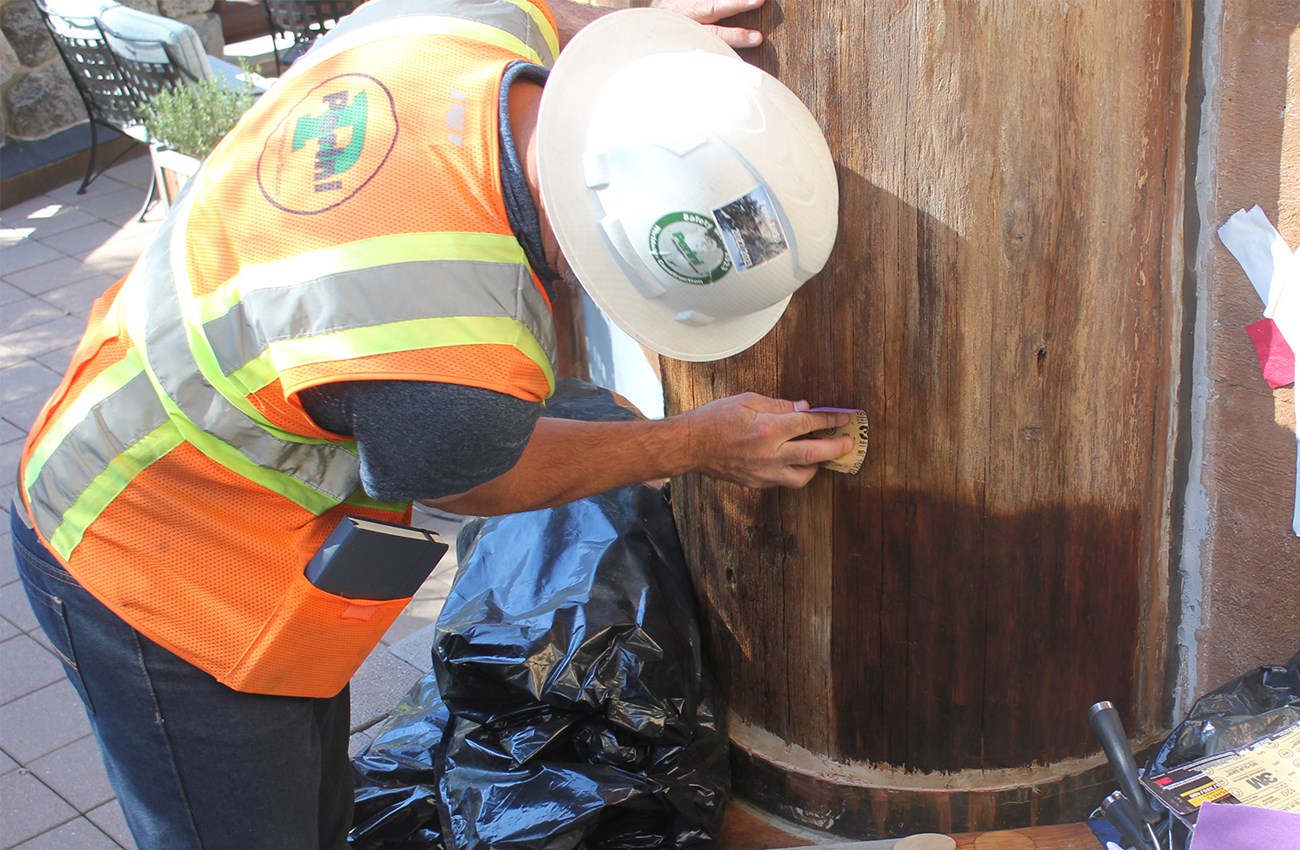Last updated: October 10, 2024
Article
The Ahwahnee: A Century of Grandeur, Renewed for the Future

As the 100th anniversary of the stately Ahwahnee hotel in Yosemite National Park approaches, an approximately $35 million seismic strengthening project funded by the Great American Outdoors Act is well underway, with a completion date set for winter 2024.

The upgrades, while extensive, are designed to be nearly invisible.
"With seismic work at a National Historic Landmark building, our goal is to preserve the Ahwahnee’s original charm and character," said Randal Corral, a project manager at Yosemite. "This is a delicate dance between modern engineering and historic preservation. The work may be hidden, but its impact is monumental.”
Corral added that it's critical to respect the integrity of the original design and "make it look as if you were never there."

Up to 30 workers can be on-site daily installing structural bracing and shear walls in the dining room and the kitchen. The fireplaces and stone chimney have been reinforced and oversized windows larger than 16 square feet were replaced in the dining room and the solarium with safety-tempered glass like the glass used on a car's windshield.
When the glass breaks, it breaks into little pieces for safety, Corral explained. On the other hand, the original glass on the gigantic panes could break into giant shards and injure visitors.
"When I first went on-site after replacing the glass panes, I asked when they would replace them, and they told me, "Oh, it's done," Corral remembered. "I didn't even notice."

The dining room and kitchen will have more modern heating, ventilation, and air conditioning systems that will enhance guest comfort, while fireproofing, insulation, and utilities are being upgraded to meet current safety codes.

The seismic project is one of the major portions of a comprehensive rehabilitation following strict preservation standards for the 1927 National Historic Landmark hotel. The Ahwahnee has 97 guest rooms and 24 cottages. Famous visitors to the hotel have included President John F. Kennedy, Queen Elizabeth II, Prince Philip, and President Barack Obama and his family.
Corral said that only highly skilled workers can do the kind of restoration work required under the National Historic Preservation Act. There are strict standards for historic buildings, and in addition to submitting a historic preservation plan, contractors must have expertise with these sensitive types of projects.
"Every detail matters,” said Corral. “It’s like a completely different kind of construction than building new. We’re not just protecting a building; we’re safeguarding a piece of American history.”

The project's most complex challenge lies in the hotel’s 6,000-square-foot kitchen.
It was this area, along with the adjacent dining room, where most of the seismic vulnerabilities were found. During the retrofit, the entire kitchen was temporarily relocated, a logistical feat in itself.
"The kitchen is the heart of the Ahwahnee," says Corral. "It had to keep beating while we performed open-heart surgery on the building."
The hotel closed for eight weeks in early 2023 while the kitchen was temporarily moved to trailers outside the hotel.

Corral says one element of the project will have a tremendous visual impact on visitors: the concrete terrace surrounding the entire structure. It was in extremely poor condition and posed a tripping hazard. It is being rebuilt using the original design from the 1920s.
The Ahwahnee project is a testament to the impact of the Great American Outdoors Act. This bipartisan legislation, celebrating its fourth anniversary this August, has provided more than $5 billion to address critical infrastructure needs in national parks across the country.

The legislation is allowing the park to tackle long-deferred maintenance projects that would otherwise be impossible, ensuring Yosemite remains safe and accessible for everyone. The benefits extend beyond physical repairs. By revitalizing park infrastructure, it also strengthens local economies, creates jobs, and enhances the visitor experience.

